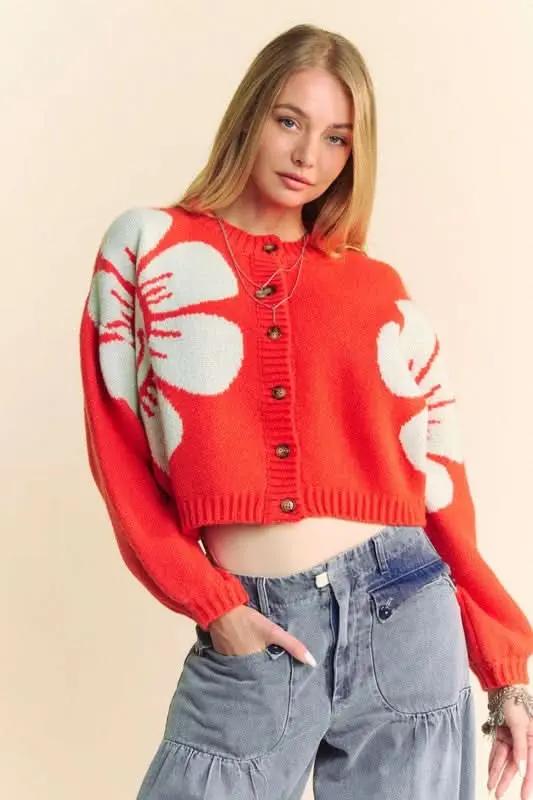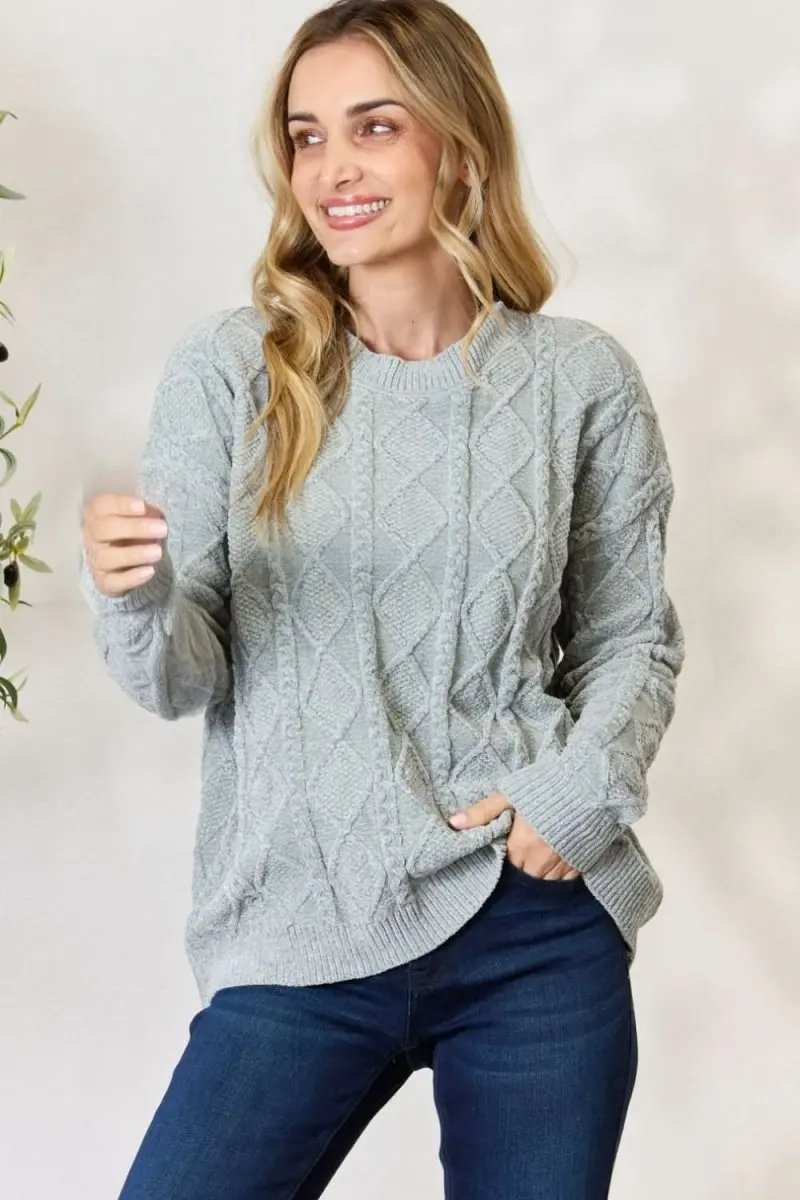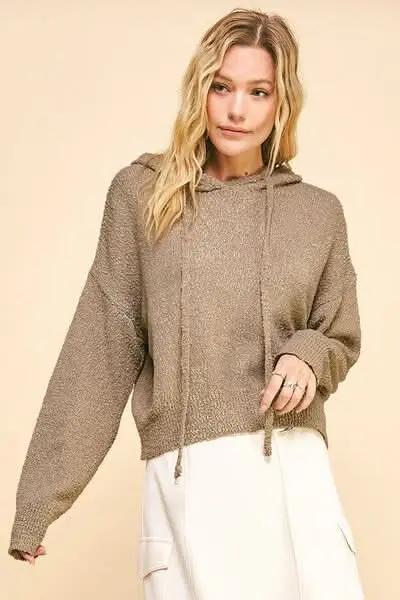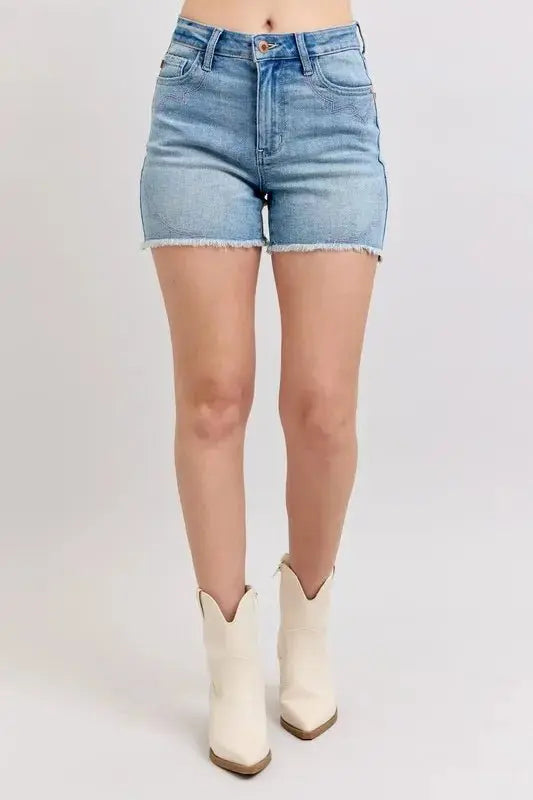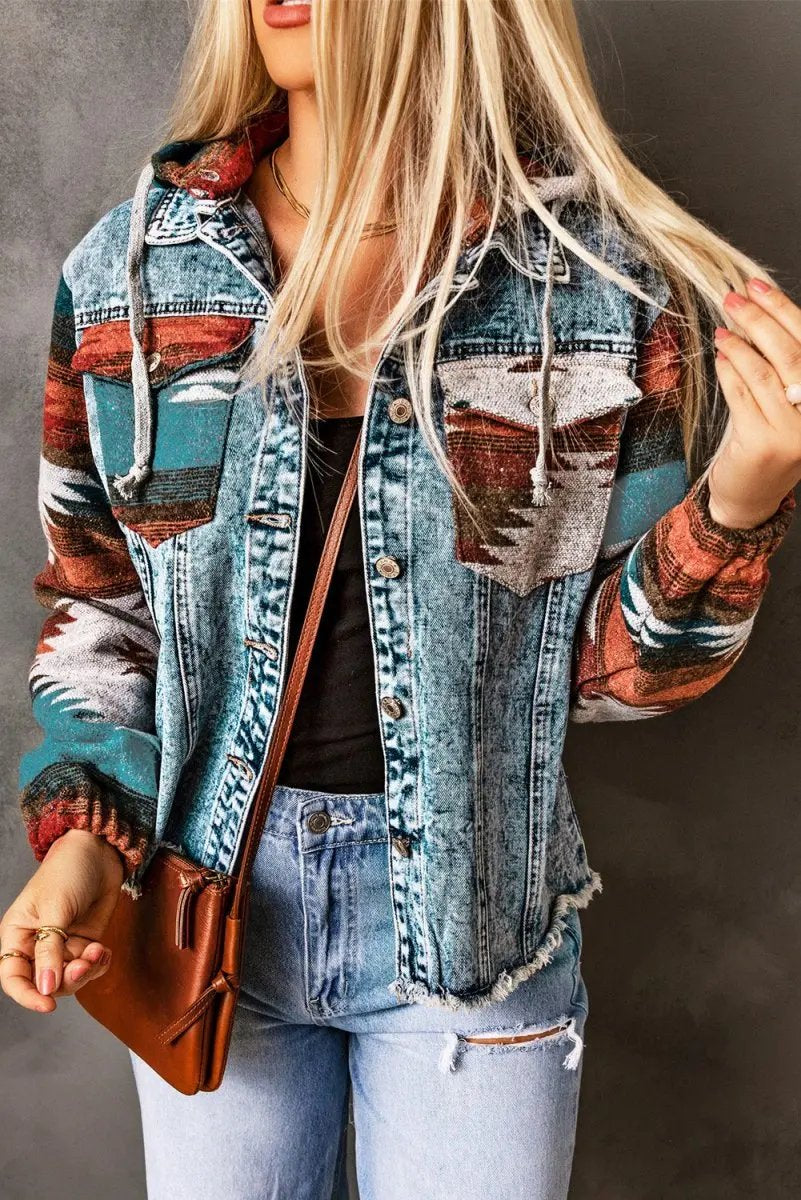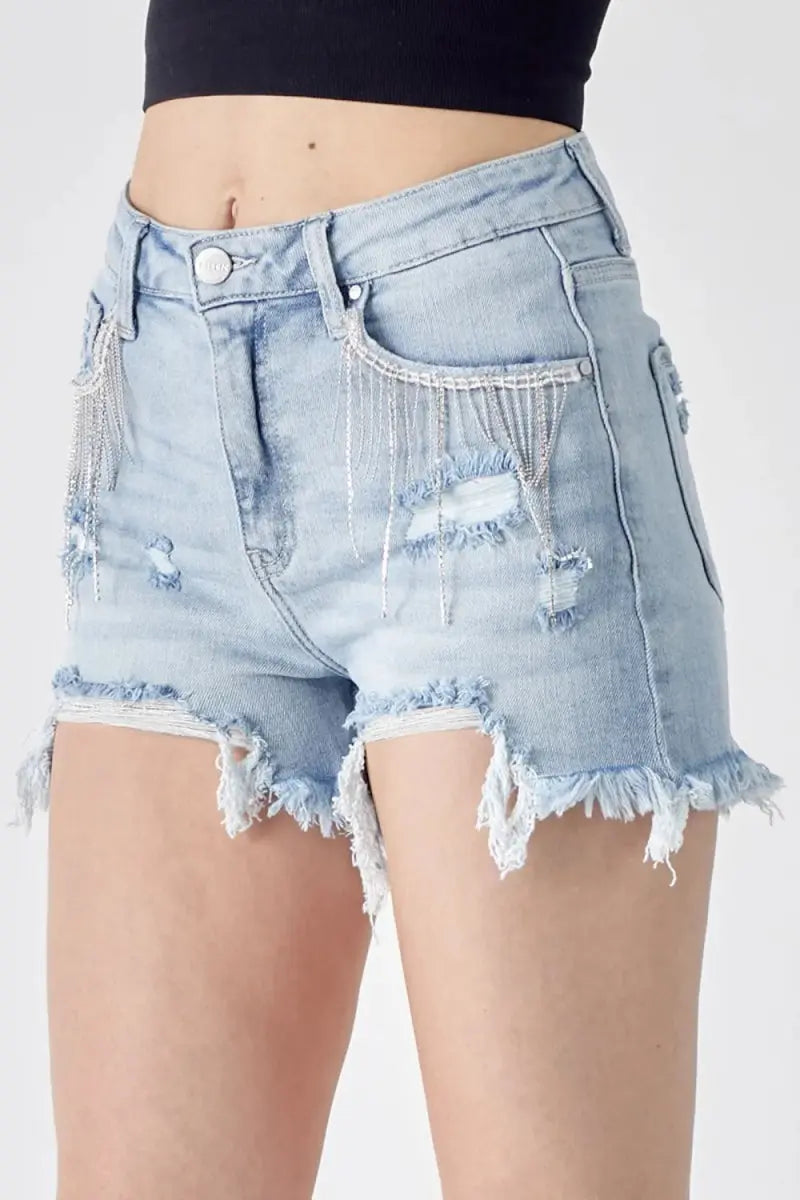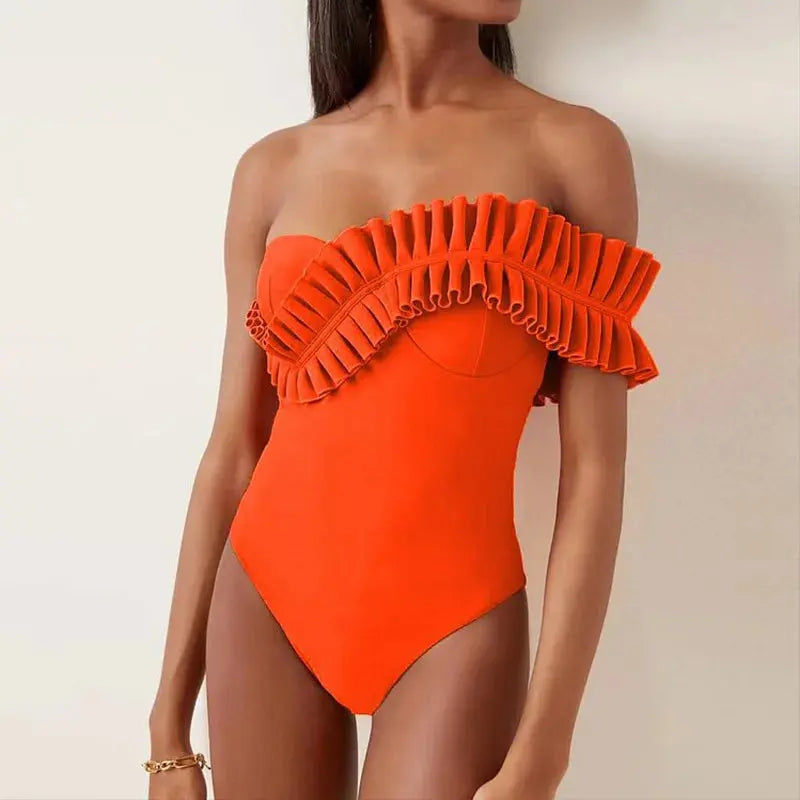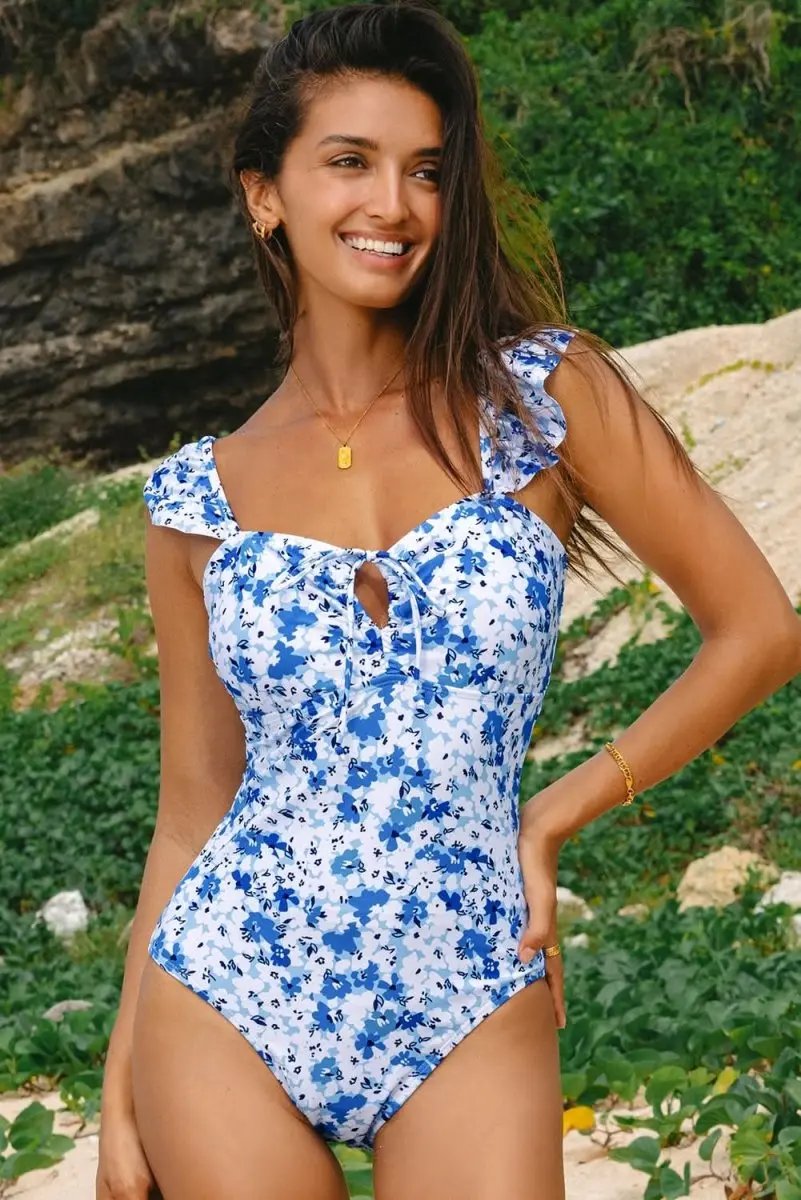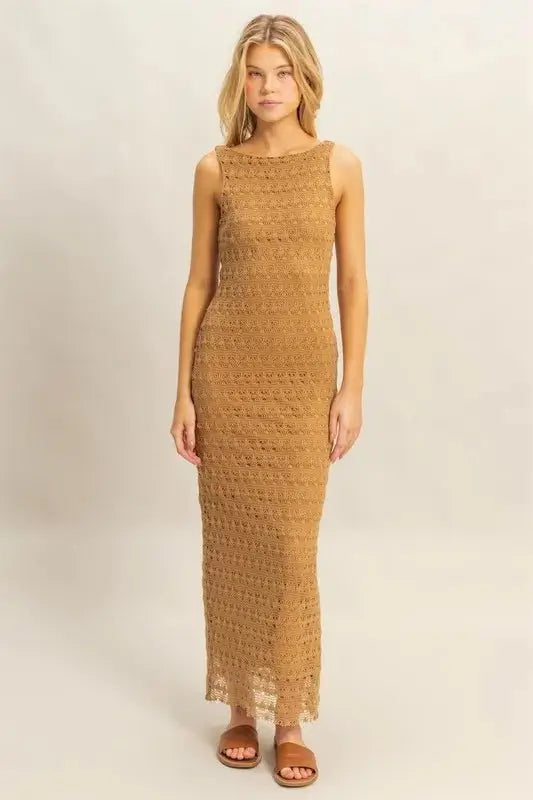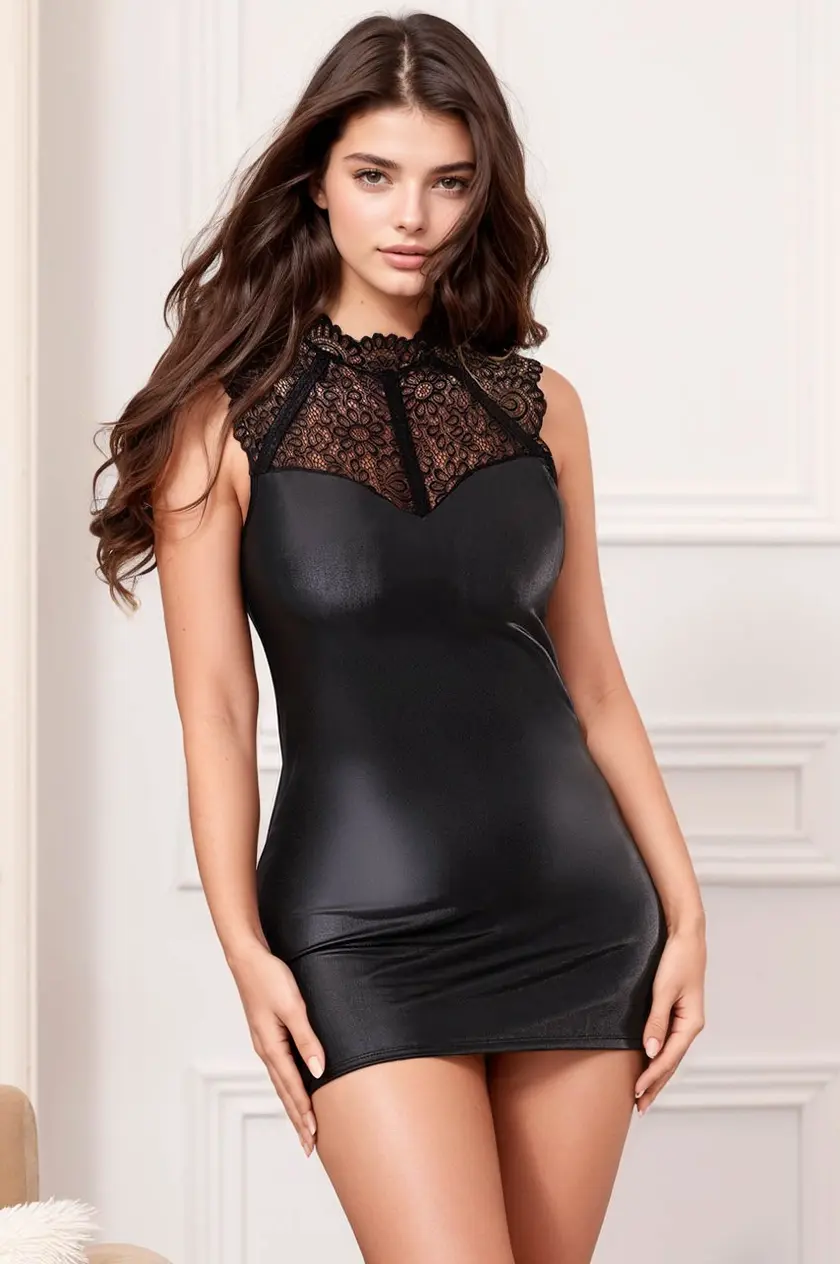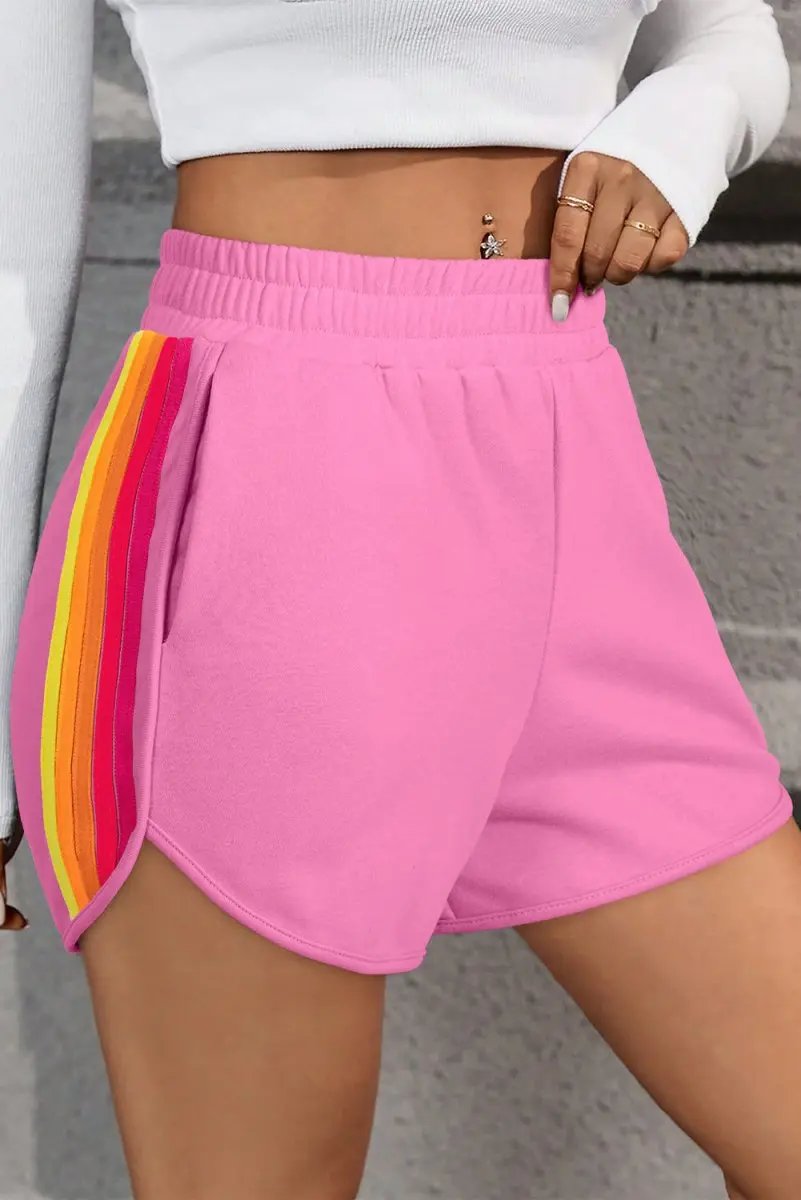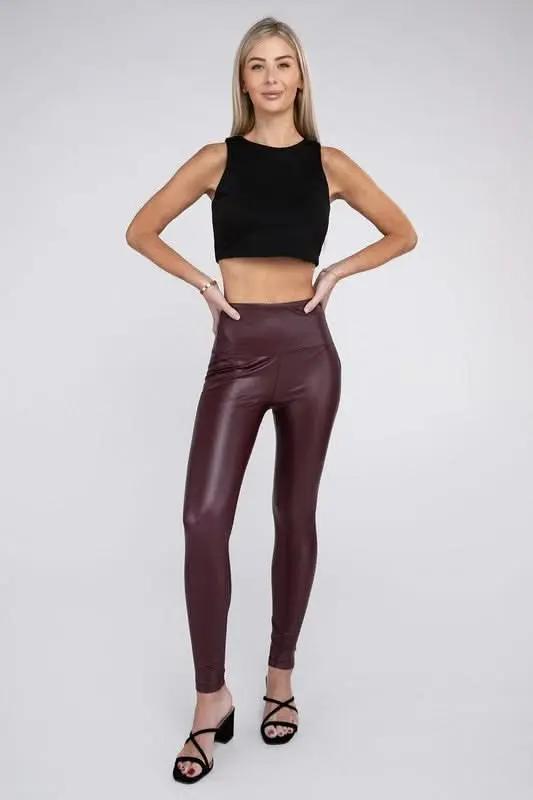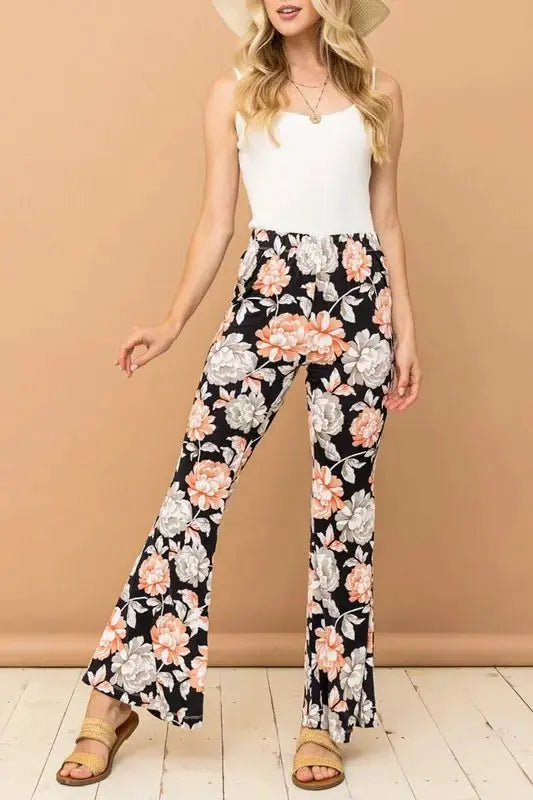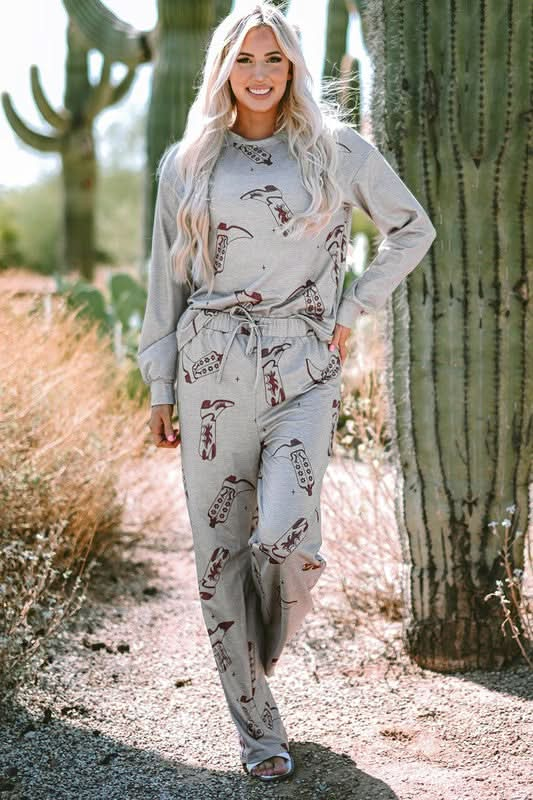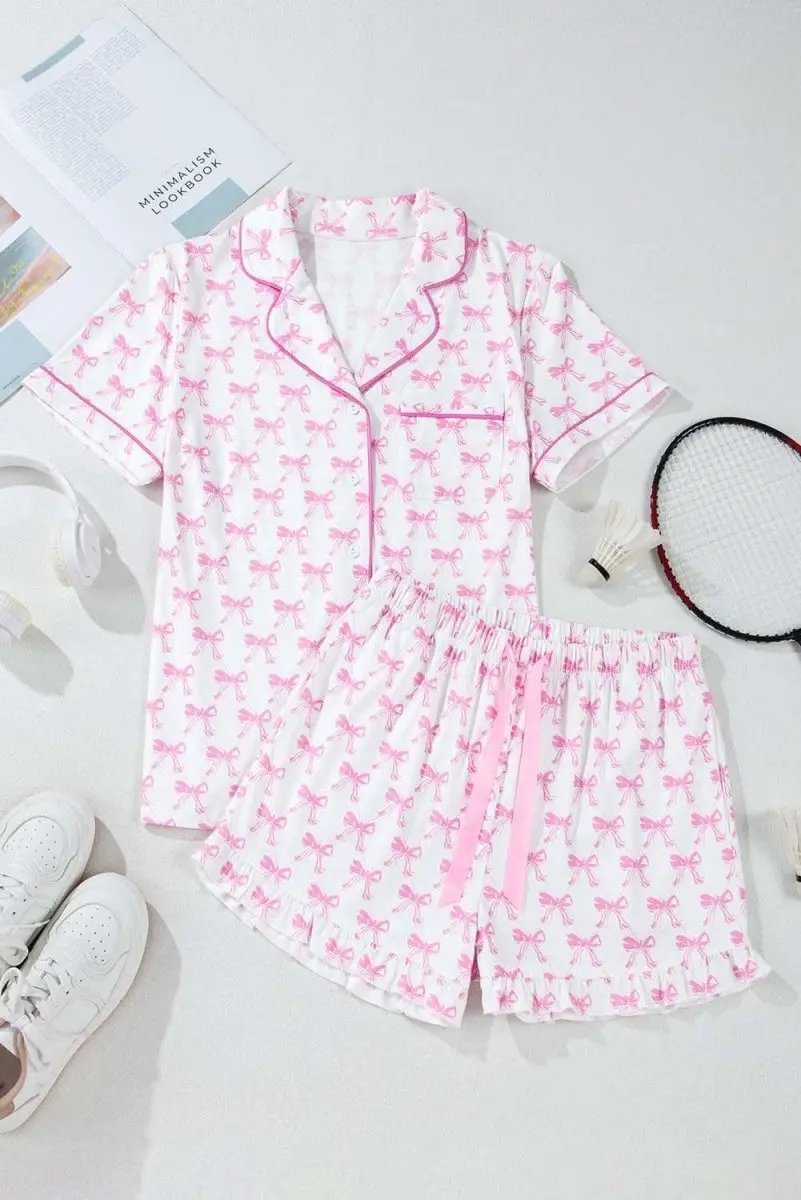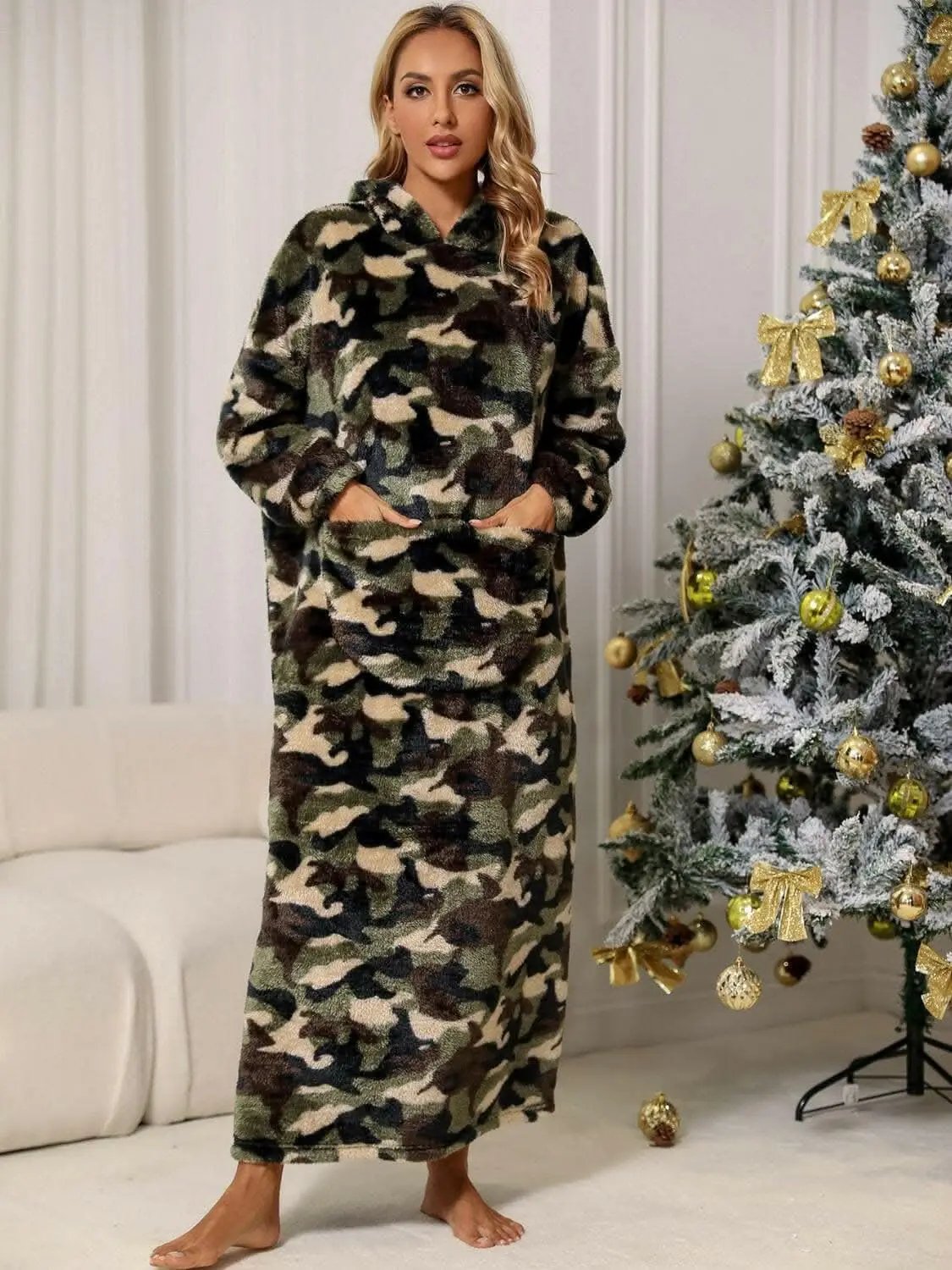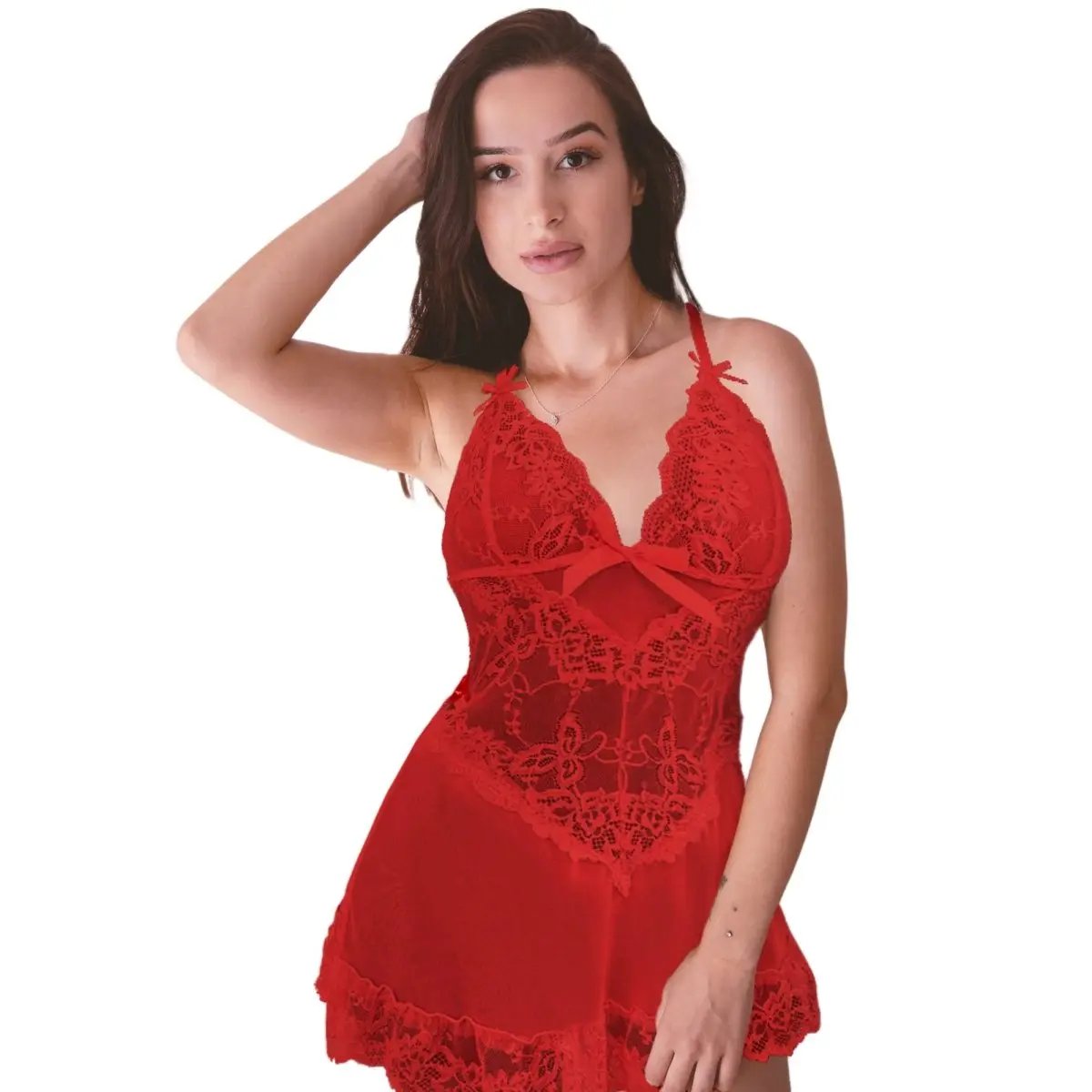Introduction
As the world moves further into 2025, the fashion industry is undergoing a transformative shift driven by a collective desire for sustainability and inclusivity. The rise of eco-conscious fabrics is not only minimizing environmental impact but also enabling brands to create clothing that celebrates diversity in size and body shape, particularly within plus-size fashion. This comprehensive guide explores the innovative fabrics shaping this inclusive and sustainable future, the brands leading the charge, and what consumers can expect in the coming years.
The Evolution of Eco-Conscious Fabrics in Fashion
Over the past decade, awareness around environmental issues and ethical labor practices has surged. As a result, the development and adoption of eco-conscious fabrics have accelerated, revolutionizing how garments are produced and consumed. In 2025, these fabrics are integral to creating sustainable, inclusive, and fashionable pieces for all body types. Let’s examine some of the most significant eco-friendly textiles shaping the industry:
Key Eco-Conscious Fabrics in 2025
- Tencel Lyocell: Derived from sustainably sourced eucalyptus, Tencel Lyocell is a biodegradable fabric produced through a water- and energy-efficient process. Its soft, breathable nature makes it ideal for everyday wear, and its versatility in styling helps promote inclusivity in plus-size fashion.
- Hemp: An ancient crop experiencing a renaissance, hemp requires minimal water, pesticides, and fertilizers. It provides durability and breathability, making it perfect for eco-friendly, plus-size garments that prioritize comfort and longevity.
- Recycled Polyester: Created from post-consumer plastic waste, recycled polyester reduces reliance on virgin petroleum resources. It offers a sustainable alternative for activewear and everyday clothing, supporting a circular economy and decreasing plastic pollution.
- Organic Cotton: Cultivated without synthetic pesticides or fertilizers, organic cotton minimizes water consumption and soil degradation. Its softness and breathability make it a popular choice for inclusive, eco-friendly fashion lines.
- Piñatex: Made from pineapple leaf fibers, Piñatex is a sustainable material that mimics leather. It provides eco-conscious designers with a cruelty-free alternative while adding unique texture and style to plus-size fashion collections.
- Sustainable Wool and Alpaca: Responsible wool and alpaca farming reduce environmental impact through regenerative agriculture practices, offering warm, luxurious options for inclusive winter wear.
The Impact on Plus-Size Fashion and Consumer Choices
Eco-conscious fabrics are critically shaping plus-size fashion by promoting accessibility, comfort, and style while honoring sustainability. Here are the ways these fabrics are making a tangible difference:
Expanding Size Ranges and Inclusive Design
Brands are increasingly designing garments with broader size ranges, ensuring that sustainable fashion is accessible to everyone. Eco-friendly fabrics accommodate diverse body shapes, providing stretch, comfort, and durability that meet the needs of plus-size consumers.
Innovative and Adaptive Designs
Utilizing flexible, breathable, and easy-care eco-textiles, designers are creating adaptive clothing that empowers individuals of all sizes and abilities. Features like adjustable waistlines, stretchy panels, and ergonomic cuts are becoming standard in sustainable collections.
Ethical Production and Fair Labor Practices
Transparency is at the core of eco-conscious plus-size fashion. Consumers increasingly demand traceability in sourcing and manufacturing, encouraging brands to uphold fair wages and environmentally responsible practices. This ethical focus fosters trust and loyalty among conscious shoppers.
Price Accessibility and Consumer Empowerment
As sustainable textile technologies advance and production scales up, costs decrease, making eco-friendly plus-size fashion more affordable. Consumers are empowered to make choices that align with their values, knowing their purchases support environmental and social responsibility.
Brands Leading the Sustainable Plus-Size Movement in 2025
Several clothing brands have emerged as pioneers in blending sustainability with inclusivity, setting industry standards in 2025:
- EcoPlus Fashion: A leader in eco-conscious plus-size apparel, EcoPlus prioritizes organic, recycled, and regenerative fabrics, offering stylish collections from size XL to 5X.
- GreenCurve: Known for innovative use of recycled materials and sustainable dyeing techniques, GreenCurve creates versatile, body-positive designs catering to diverse sizes.
- Sustainable Chic: Focused on zero-waste patterns and eco-friendly textiles, this brand emphasizes body positivity and gender-neutral styles across all sizes.
- Inclusively Earth: Committing to fair trade practices and eco-friendly fabrics, they offer a wide range of plus-size options that celebrate diversity and sustainability.
The Future of Eco-Conscious and Inclusive Plus-Size Fashion
The fashion industry’s future in 2025 and beyond hinges on continued innovation in sustainable textiles and design inclusivity. Emerging trends include:
- Development of Next-Generation Eco-Fibers: Biodegradable, regenerative, and lab-grown fibers promise a lower environmental footprint and enhanced durability.
- Advanced Recycling Technologies: Expanding the use of chemical recycling to reclaim fibers and create new textiles from waste, closing the loop in material lifecycle.
- Inclusive Branding and Campaigns: More brands are embracing diversity, showcasing plus-size models and encouraging body positivity through sustainable marketing efforts.
- Technological Innovations: AI-driven fit algorithms and virtual try-ons help reduce waste from returns while ensuring garments meet diverse body measurements.
- Community-Led Design: Collaborations between brands, consumers, and local artisans foster authenticity, cultural diversity, and sustainable practices.
Challenges and Opportunities
Despite significant advancements, challenges remain, including scaling sustainable fabric production, maintaining affordability, and ensuring transparency in complex supply chains. However, these hurdles also present opportunities for innovation, collaboration, and consumer engagement that can accelerate progress toward a more inclusive and eco-friendly fashion industry.
How Consumers Can Support the Movement
- Prioritize Brands with Transparent Sourcing: Look for certifications and clear information about fabric origins and manufacturing practices.
- Choose Quality Over Quantity: Invest in durable, sustainable pieces that last longer, reducing overall consumption and waste.
- Embrace Secondhand and Upcycling: Support thrift stores and upcycling initiatives to extend the lifecycle of clothing.
- Engage and Advocate: Use your voice on social media and in purchasing decisions to promote inclusive, sustainable fashion brands.
Conclusion
In 2025, eco-conscious fabrics are not just a trend but a fundamental shift in how the fashion industry operates. When combined with inclusive design principles, these textiles are paving the way for a future where fashion is responsible, accessible, and expressive of diverse identities. By supporting brands committed to sustainability and inclusivity, consumers have the power to influence positive change. Together, we can foster a more equitable and environmentally conscious fashion landscape that celebrates beauty in all sizes and promotes a healthier planet for generations to come.
